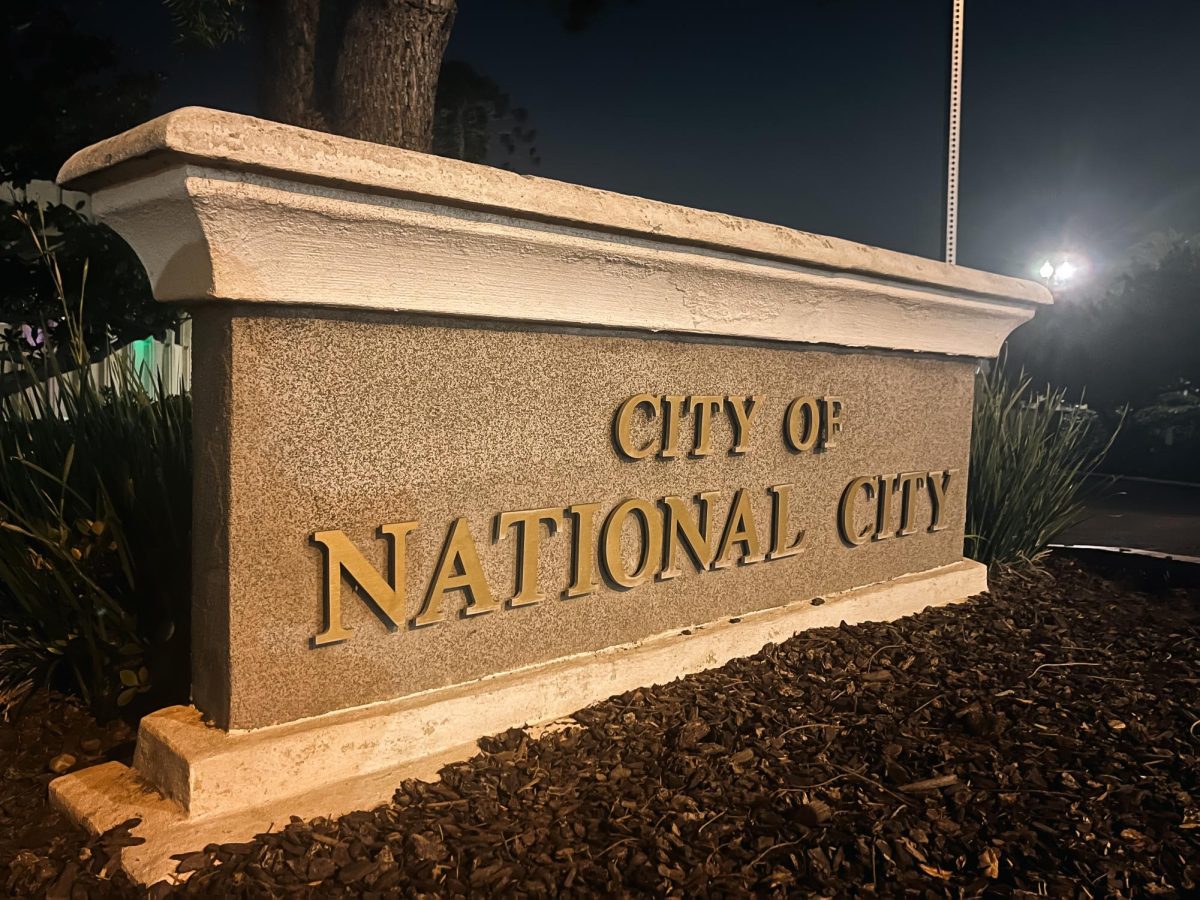
As the new semester commenced, notable changes were immediately spotted by returning students. The former Aztec Center construction created longer walking distances and new paths to class. A bike lane, now maroon, stretches out further across campus. Additionally, skateboarding is now outlawed and smoking is prohibited in most areas, ticking off some students.
No Skateboarding
For students, a significant change has been the ban of skateboards from campus. Bikes are still allowed in the bike-lane; skateboards, rollerblades and scooters are not.
Skater discontent was not held back. Three days into the semester, an online campaign had already been created.
The Facebook event titled “We wanna SKATE to class,” created by television, film and new media junior Nadir Zriouel, invites students and others opposed to the new policy to join a “flash-mob-skate” down Campanile Walkway on Oct. 12. Only a week after the creation of the event, more than 500 people have responded that they will attend.
The Environment, Health and Safety Committee in the University Senate decided to ban skateboards from the entire campus last spring, according to A.S. Vice President of External Affairs Krista Parker. According to her, after seeing a high number of “near misses and accidents” caused by an increase in skateboarding both inside and outside of the bike-lane, the University Senate finalized its decision.
“It cannot be ignored that some of our skaters are not conscious about the speed they skate,” President of SDSU’s Enviro-business Society (e3) Berenice Rodriguez said.
The fine for skateboarding averages $180, according to Zriouel’s Facebook event.
The rationale of the policy, as stated in a newsletter to the University Senate, includes serious injuries reported to SDSU police and an increase in citations of skateboard operators since implementation of the bike-lane last fall.
Also noted was that skateboards do not represent a legal commuting option for students as they’re not permitted on city streets. Lastly, the University Senate claimed there would be a better learning environment through noise reduction with a skateboard ban.
“We’re disappointed that the new policy excludes skateboarders, because we know many people commute to campus on their boards,” e3 Vice President Patrick Murphy said. “The whole purpose of the bike-lane is to encourage different and more sustainable forms of transportation to campus. Excluding skateboards limits the capability of the lanes.”
No smoking, for the most part
Starting this semester, plans for having designated smoking zones throughout SDSU substantialized after a two-year development. The policy, suggested by the Senate Environment and Safety Committee, was approved in fall 2009. According to Dr. Penelope Quintana, chair of the committee and associate professor of the Environmental Health Graduate School of Public Health, former President Stephen L. Weber appointed a task force in spring 2010 to investigate the developing idea, implement the policy and decide on the designated smoking areas.
During the summer, Viejas Arena noted smoking would be prohibited inside it and the at Open Air Theatre starting Aug. 22.
The American Nonsmokers’ Rights Foundation reports more than 530 colleges have 100 percent smoke-free campus policies since 2003. CNN’s “Colleges tell smokers, ‘You’re not welcome here’” highlighted that some expect smoking bans to spread to all college campuses.
Nearby campus, Grossmont Community College has had a smoke-free campus since 2009. San Diego City College, located in downtown San Diego, approved its smoke-free campus policy this year as well. Cuyamaca College, about 20 minutes east from SDSU, has had a designated-smoking policy since 2007.
Among the 12 selected zones for smoking at San Diego State is a small area at Viejas Arena near a fire hydrant, an area on the west side of Parking Structure 4’s top floor, and an area in Lot Q near the pay station, presumably to serve international students.
“The policy will improve public health at San Diego State,” Dr. Quintana said. “Second-hand smoke has been designated a toxic air contaminant by the state of California and has no safe exposure level. Ideally this campus would be completely smoke-free, but this is an important first step.”






